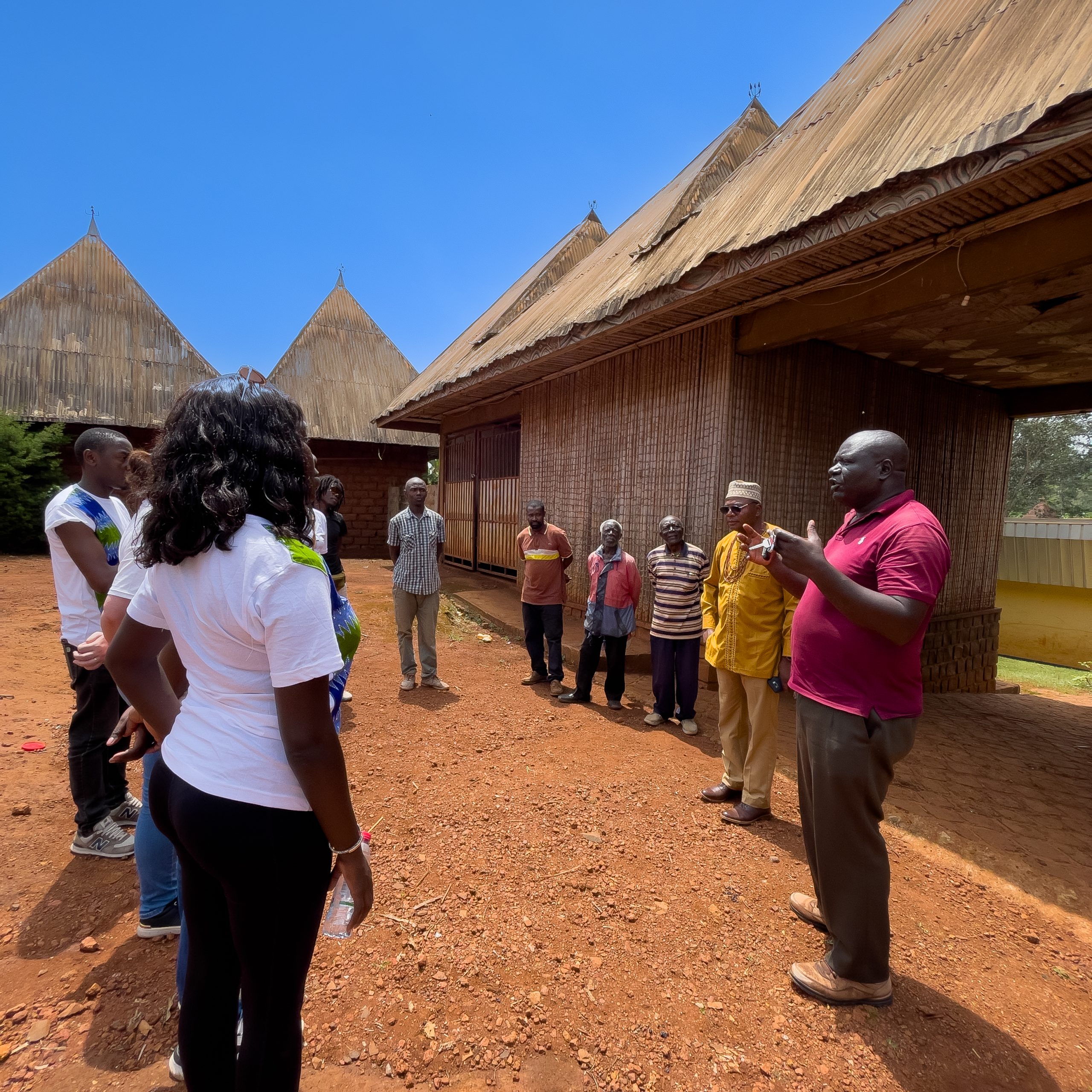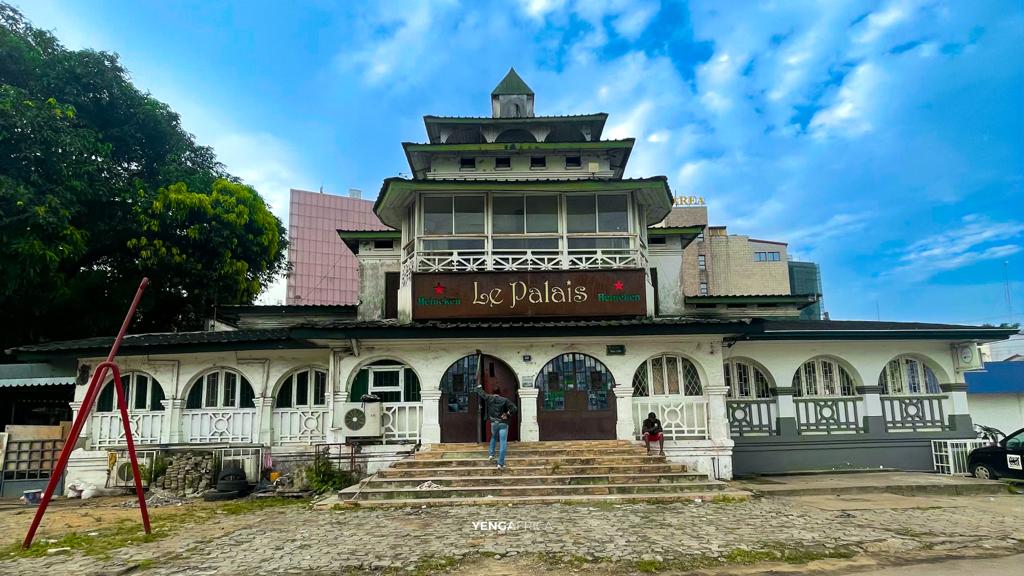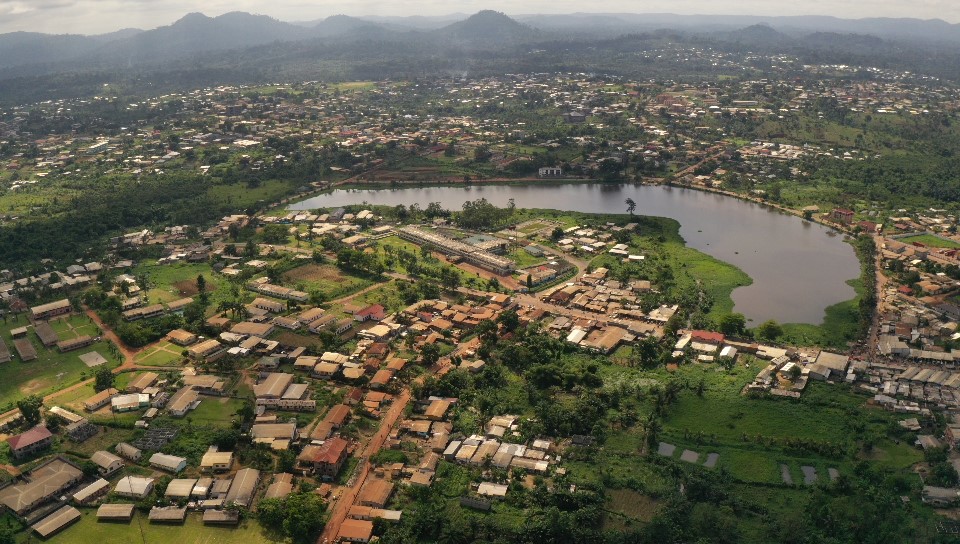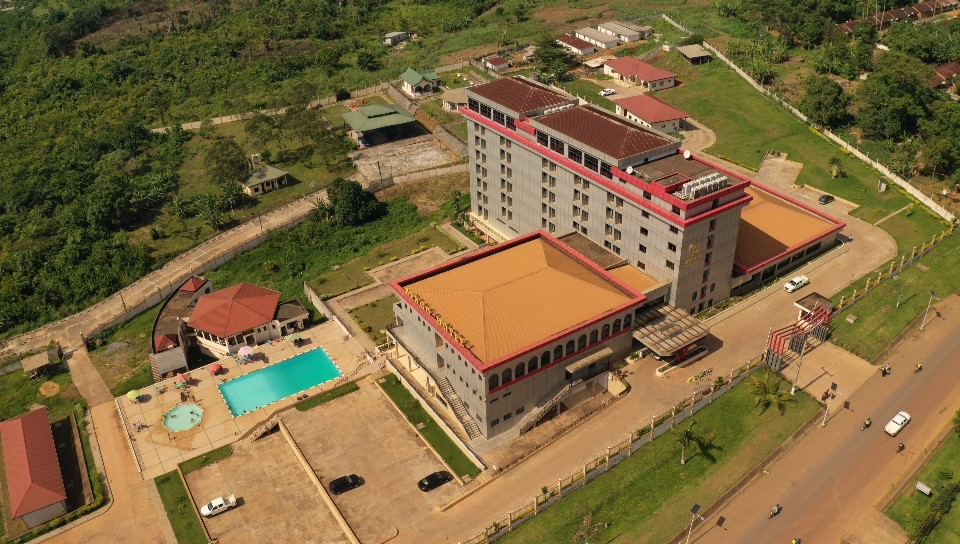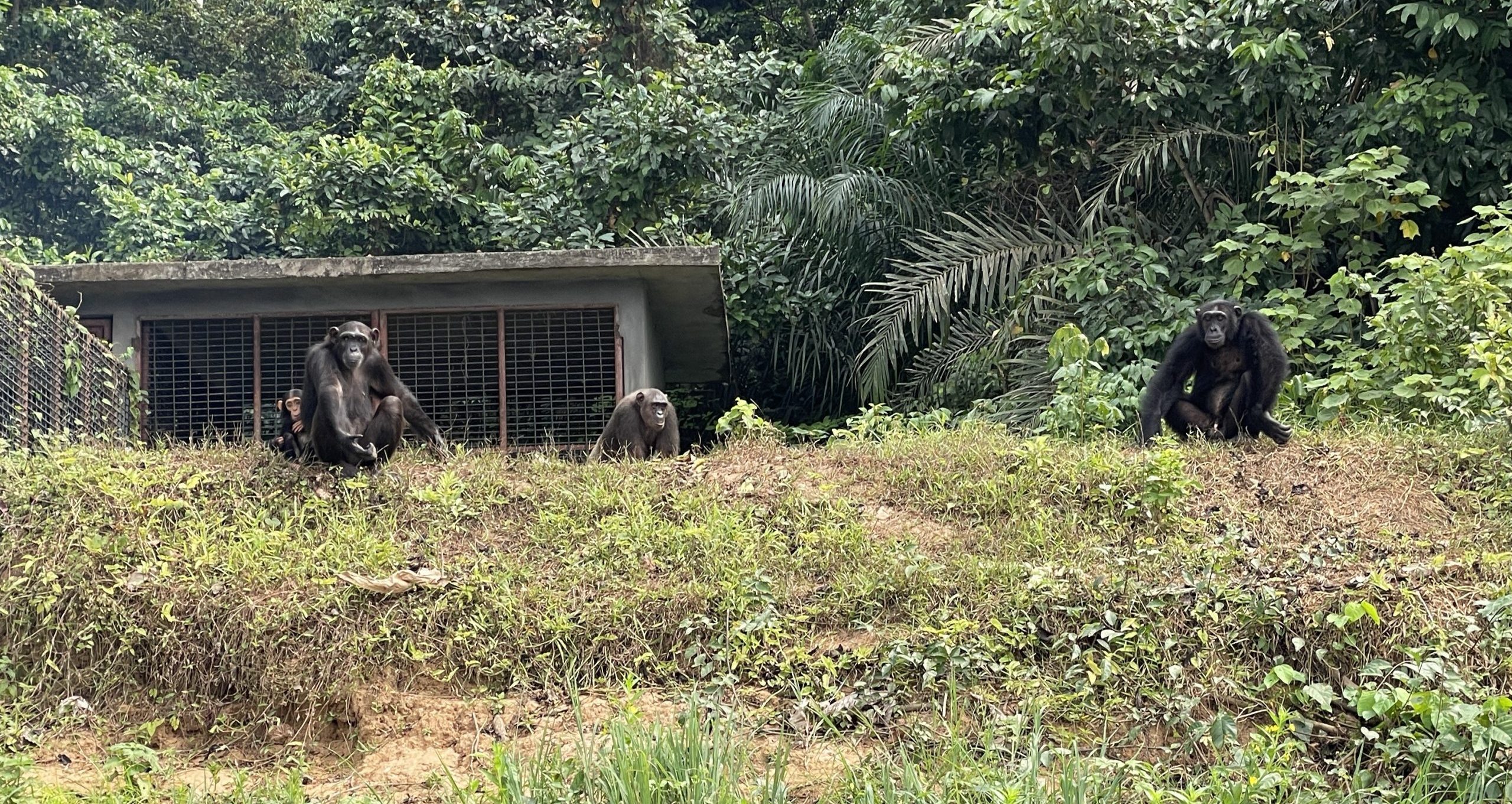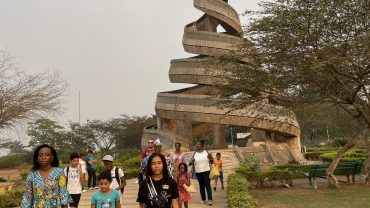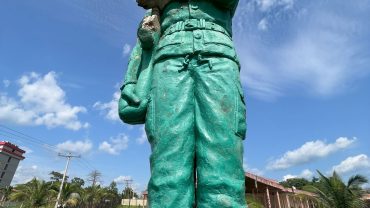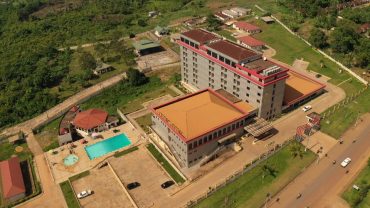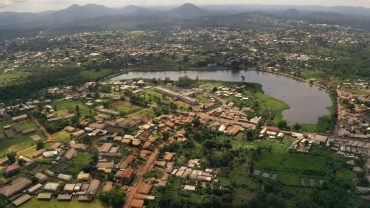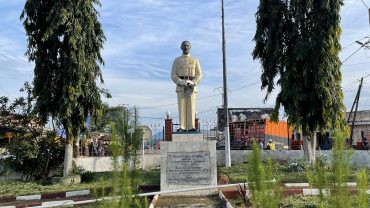1. The Genesis of the Ebolowa Story
The city of Ebolowa, also known as the “rotten chimpanzee,” carries a name shrouded in mystery and intrigue, with roots deeply embedded in an unfortunate event carefully concealed to prevent tribal warfare. This story is an exploration into the fascinating account of a deceit that gave rise to the name of this city – Ebolowa.
2. Ebolowa Before the Arrival of Colonizers
Before the colonizers set foot in Ebolowa, population movements from one village to another were frequent. These migrations were driven by the pursuit of new lands or the expansion of an existing authority. The current city of Ebolowa was then composed of only four villages: the Yévol, the Biyeñ, the Esakoé, and the Ndoñ. A network of trails connected these small villages, also facilitating population movements to localities like Lolodorf and Kribi.
3. The Arrival of the Yenjôk Tribe and the Transformation of Ebolowa
The tranquility of the four villages was disrupted with the arrival of the Yenjôk tribe. Hailing from Melen, a locality in Sangmélima, the Yenjôk, guided by their leader Mvondo Ntimban – a formidable warrior – coerced the natives to abandon their lands. As a result, the Ndoñ relocated to the locality of Bityili, while the Yévôl split into two groups. One group moved to Ngallan, home to the Ebolowa diocese, while the other accepted the authority of the new ruler and stayed at Mekalat, a locality at the entrance of Ebolowa city.
4. Adapting to New Environments
The Biyeñ, to avoid confrontation, settled on the hills of Nkol Mekok in the village of Loo. To preserve their heritage, they named this new space Mekalat-Biyeñ, a poignant reminder of their original homeland. The Esakoé, on the other hand, settled in the current locality of Ebolowa-Si.
5. Mvondo Ntimban’s Strategic Move
Mvondo Ntimban later established himself on “Minkome Koman,” a hill located on the current site hosting Ebolowa’s central prison. A calculated move, considering the fertile lands and superior view of the other villages down below. To bolster his security perimeter, he invited his brothers to guard the strategic entrances leading to the hill.
6. The Esakoé Warriors and the Fateful Incident
It’s told that the Esakoé were skilled warriors, a craft they inherited from a woman gifted with the power of fetishes. Despite being mentally unstable, she was revered and feared among the Esakoé. One day, while on a stroll on the “Minkome Koman” hill, she vanished. After days of fruitless search, the community resigned to wait for any news about her disappearance.
7. The Unfortunate Discovery
Days later, Yenjôk women, while attending to their chores, noticed a foul odor emanating from the forest. Informed about this, Chief Mvondo Ntimban dispatched a group of men to investigate. They expected to find a long-dead animal, but instead, they discovered a decomposing human body.
8. The Cover-Up
This woman had an incurable wound which she always covered with a dried banana peel. Upon noticing this distinctive feature, the Yenjôk men realized that this was indeed the guardian of the Esakoé warriors. To prevent accusations that could spark tribal warfare, Chief Mvondo began circulating the story amongst the local population that it was a “rotten chimpanzee”. Thus, everyone began referring to this hill as the “hill of the rotten chimpanzee” or “bia ke Nkôl Ebole–Wo’o” in the Bulu language.
9. Ebolowa’s Prosperity and the Influence of the Germans
Ebolowa, already flourishing, experienced even greater growth with the arrival of the Germans. This now-popular hill inspired the colonizers, leading to the adoption of the name Ebolowa. Thus, the name Ebolowa, translating to “rotten chimpanzee,” came to symbolize this city, rich in history and culture.
10. The Deception of Ebolowa: A Story of Resilience and Survival
The name of Ebolowa, originating from a deception, is not merely a reference to an unfortunate event. It also represents the resilience and survival of a population amidst adversity. The forced displacement of indigenous peoples, the tragic loss of a revered figure, and the skillful manipulation of truth to prevent potential conflict all demonstrate the complexity and resilience of these communities.
Conclusion
From the modern sky view of BENGO HOTEL, we can actually affirm that the story of Ebolowa is a tale of transformation and adaptation. Through eras of migration, colonization, and social changes, the city has managed to preserve its heritage while evolving. The unusual name of Ebolowa serves as a constant reminder of its rich and at times painful past. It also symbolizes its ability to thrive despite challenges. By understanding the history behind the name of Ebolowa, we can better appreciate the complexity and richness of its cultural heritage.

